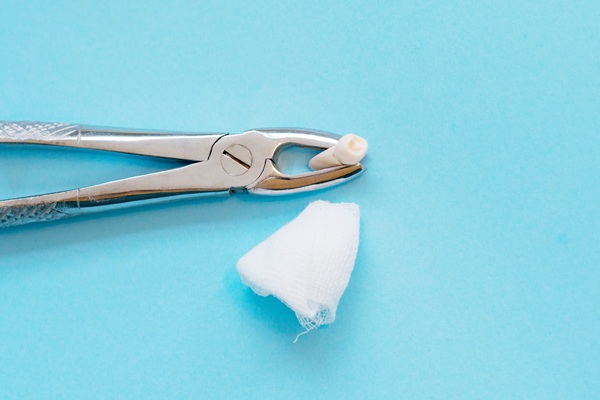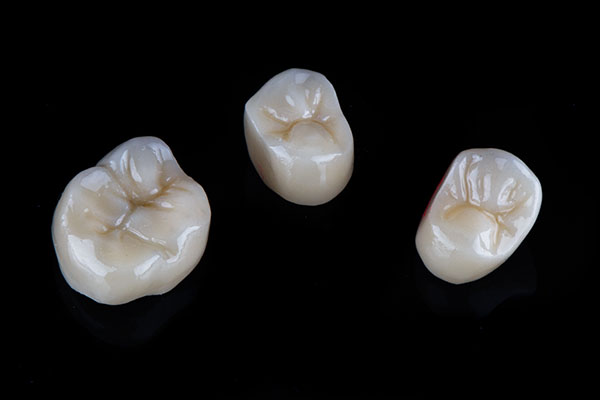 For anyone with damaged implants, it is important to know dental implant restoration is possible. While some issues may seem ignorable, no one should continue to wear damaged implants. Doing so can cause additional trauma and more severe health concerns. Continue reading to find out a few options to restore damaged implants.
For anyone with damaged implants, it is important to know dental implant restoration is possible. While some issues may seem ignorable, no one should continue to wear damaged implants. Doing so can cause additional trauma and more severe health concerns. Continue reading to find out a few options to restore damaged implants.
Loose dental implant
While dental implants typically have a high success rate, there is always a chance an issue might arise. One problem dental professionals see is a loose dental implant. This condition can occur when the implant never fully fuses to the jawbone. When the fusing process is not completed at the time of crown or denture attachment, the implant can loosen up over time. Also, because a strong, healthy jawbone is necessary for a stable implant, bone loss in the jaw can cause an implant to become loose. In either case, a replacement implant may be necessary.
Getting a replacement implant
Unfortunately, there is no easy way to replace an implant. The dental implant restoration process can take a prolonged period of time and up to four steps:
- Surgically remove the old implant
- Perform a bone graft on the jawbone
- Surgically insert new implants
- Attach replacement teeth
The healing time required between each step can be extensive, especially for patients who require a bone graft. Because of the time and investment necessary to replace a loose implant, it is crucial to have the entire mouth thoroughly examined before beginning the process. An issue with the gums or another tooth can lead to bone deterioration and implant trouble.
Cracked or missing crown
Many times a crown can be easily restored without affecting the implant. For others, the implant must be entirely replaced.
Repairing the crown
Damage such as a small chip or crack can often be repaired without having to remove the crown from the implant. This is the least invasive and quickest type of implant restoration. It can typically be performed in a single office visit, often without the need for any numbing agents.
Replacing the crown
If a crown has completely fallen out, it could be due to injury or abutment breakage. If the replacement tooth has not been lost, bring it to the dental appointment. In some cases, biting into hard food like ice or candy can cause injury to the crown. For others, a crown may fall out when an abutment is damaged. Because the abutment connecting the implant to the crown is thin, anything from head trauma to normal wear and tear can result in damage. Anytime the abutment is compromised, the entire crown typically needs to be replaced.
Check out what others are saying about our dental services on Yelp: Dental Implant Restoration in San Francisco, CA.
Conclusion
Despite the high success rate implants typically achieve, dental implant restoration may still be necessary. While a chipped or cracked crown may be a quick fix, a broken abutment can mean getting a completely new crown. A loose implant is usually the most complicated issue to restore and can involve replacing the entire implant.
Request an appointment or call Serenity Dental Spa at 415-376-6196 for an appointment in our San Francisco office.
Related Posts
Wisdom tooth extraction is a common dental procedure to remove the third molars. These teeth typically emerge between late adolescence and early adulthood. While some individuals experience no issues and keep their wisdom teeth, others encounter pain, infection, or misalignment as these teeth develop and begin to erupt. Knowing the signs that indicate the need…
Dental crowns come in a range of material options, including zirconium and porcelain. These materials vastly increase the aesthetics and reliability of dental crowns as compared to past alternatives. Regardless of the material, most dental crowns look and work well. However, there are some significant variations between these options to be aware of. This article…
A smile makeover can elevate appearance, function, and comfort with a thoughtfully sequenced plan guided by a trusted dental provider. This comprehensive approach combines cosmetic artistry with dental care to address discoloration, misalignment, wear, and spacing issues, among other concerns. Strategic improvements in shape, proportion, and tooth display create a brighter, more harmonious smile that…


